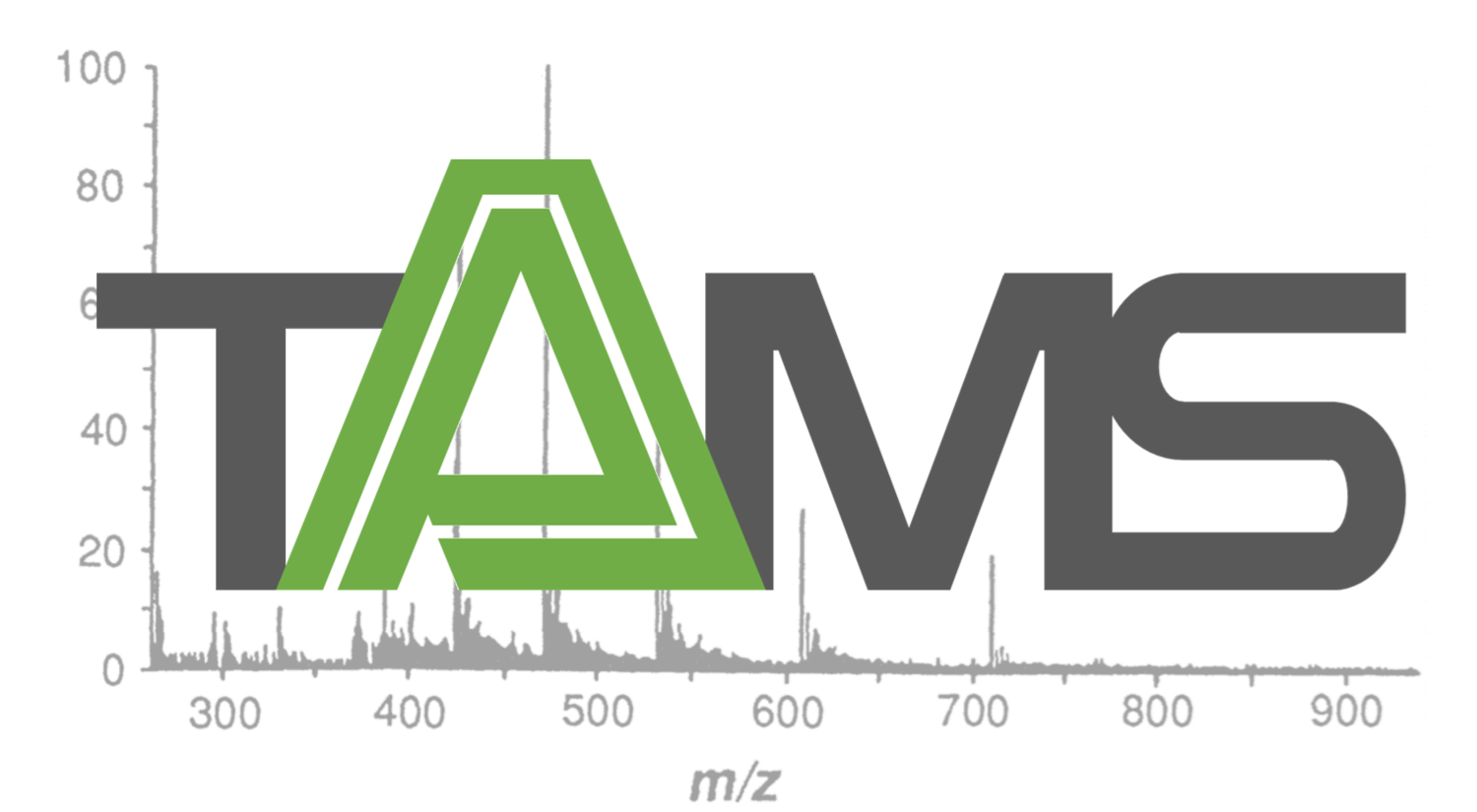The Personal Chemical Exposome: Using Silicone Wristbands to Advance Exposure & Health Science
Heather M. Stapleton, Ronie-Richelle Garcia-Johnson Distinguished Professor, Nicholas School of the Environment, Duke University, Durham, NC USA.
Heather M. Stapleton
Ronie-Richelle Garcia-Johnson Distinguished Professor, Nicholas School of the Environment, Duke University, Durham, NC USA.
Exposomics seeks to characterize environmental exposures over the life course and elucidate interactions with biological responses that contribute to disease risk. However, the human “environment” is incredibly complex and dynamic, particularly over an individual’s lifespan. Our diet, behavior, occupation, and housing all strongly influence our chemical and non-chemical exposures. Critical to exposomics is the need to evaluate exposures that occur and change over time to better understand disease risk. Studies to date have utilized human tissues (e.g. blood) to characterize both exogenous and endogenous chemicals and examine associations with disease state in cross-sectional studies. Characterizing and measuring chemical exposures in blood and urine, while often ideal, does have some limitations, and there is a need to pair ambient and personal measures of chemical exposures with biological measurements. Over the last decade, wearable personal exposure tools have evolved to help fill these gaps in evaluating exposures over time. One of these tools, the silicone wristband, demonstrates strong promise in providing comprehensive data on exposures to chemicals in the ambient environment, and can be used to examine changes in exposure over time. This talk will highlight current research that utilizes silicone wristbands and high-resolution mass spectrometry to measure the personal chemical exposome, discussing the strengths and weaknesses of these wearable sensors. Specific studies employing wristbands to support exposure assessments among firefighters, will also be discussed.
Professor Heather Stapleton is an environmental chemist and exposure scientist in the Nicholas School of the Environment at Duke University. Her research interests focus on identification of halogenated and organophosphate chemicals in building materials, furnishings and consumer products, and estimation of human exposure, particularly in vulnerable populations such as pregnant women, children and firefighters. She currently serves as the Director for the Duke Superfund Research Center, and Director of the North Carolina Firefighter Cancer Cohort Study.

